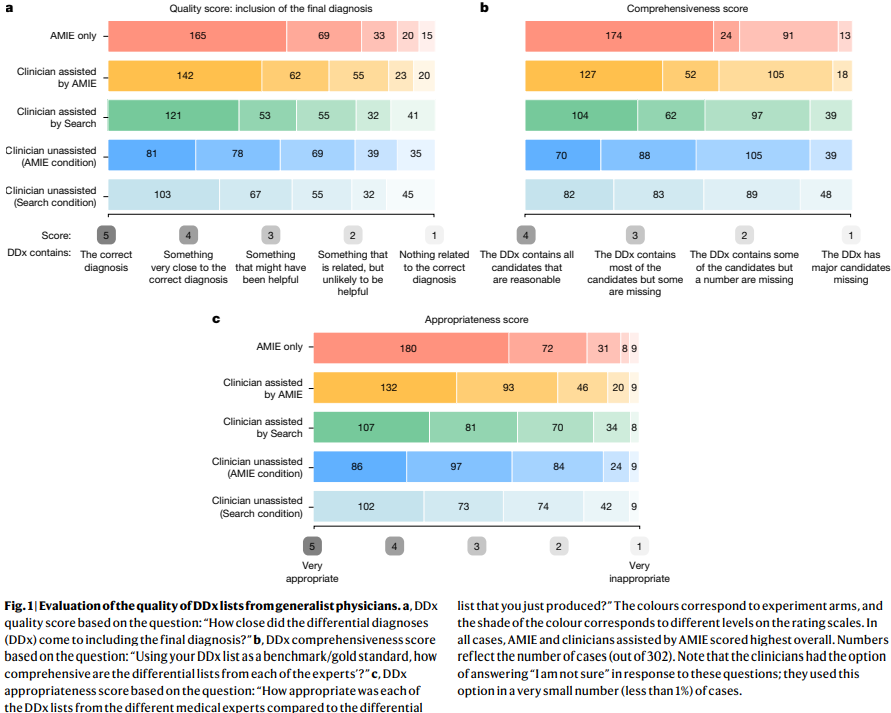
Optimizing Diagnostic Reasoning with AI: The AMIE Solution
Introduction to AMIE
Google AI has introduced the Articulate Medical Intelligence Explorer (AMIE), a large language model specifically designed to enhance diagnostic reasoning in clinical settings. This innovative tool aims to automate and support the process of generating differential diagnoses (DDx) by leveraging natural language processing capabilities.
Understanding Differential Diagnosis
Creating an accurate differential diagnosis is crucial in medical care. Traditionally, this process involves a thorough examination of patient history, physical exams, and diagnostic tests. However, with advancements in AI, there is an opportunity to streamline this process through interactive, AI-driven tools.
Advantages of AMIE
Enhanced Diagnostic Accuracy
In studies involving 20 clinicians and 302 complex medical cases, AMIE demonstrated superior performance compared to unaided clinicians. When used in conjunction with traditional diagnostic tools, clinicians produced more accurate and comprehensive DDx lists.
Improved Clinical Reasoning
AMIE not only increased diagnostic accuracy but also bolstered clinicians’ reasoning capabilities. The model’s performance surpassed that of GPT-4 in automated evaluations, highlighting its potential for practical applications in clinical environments.
Performance Metrics
AMIE’s effectiveness can be quantified through various performance metrics:
- In 54% of cases, AMIE’s DDx included the correct diagnosis.
- Top-10 accuracy reached 59%, with the correct diagnosis listed first in 29% of cases.
- Clinicians using AMIE improved their diagnostic accuracy compared to traditional search methods.
Comparative Analysis with GPT-4
In a comparative study of AMIE and GPT-4, AMIE showed superior top-n accuracy, particularly for n > 2, indicating that it provides a more comprehensive range of diagnostic options. Notably, AMIE outperformed board-certified physicians in standalone DDx tasks, reinforcing its role as an effective assistive tool.
User Experience and Interface
AMIE features an intuitive conversational interface that enhances user experience. Clinicians reported increased confidence in their DDx lists after utilizing the tool, demonstrating its practical usability in clinical workflows.
Challenges and Future Directions
Despite its advantages, AMIE faces limitations, such as the inability to access images and tabular data. The model’s integration into clinical workflows requires careful consideration of trust calibration, uncertainty expression, and the potential for biases. Future research should focus on evaluating the real-world applicability and long-term impacts of AI-assisted diagnosis.
Practical Business Solutions
Organizations looking to integrate AI into their operations can consider the following strategies:
- Identify areas where AI can automate processes and enhance customer interactions.
- Establish key performance indicators (KPIs) to measure the effectiveness of AI investments.
- Select customizable tools that align with specific business objectives.
- Start with pilot projects to gather data and gradually expand AI applications.
Conclusion
The introduction of AMIE represents a significant advancement in the use of AI for diagnostic reasoning in healthcare. By enhancing diagnostic accuracy and clinical reasoning, AMIE has the potential to transform patient care. As organizations explore AI integration, focusing on practical applications and careful implementation will be essential for maximizing benefits and ensuring successful outcomes.



























